Medical Report Generation from Chest Xray Images

Chest radiographs are one of the most common diagnostic modalities in clinical routine. It can be done cheaply, requires minimal equipment, and the image can be diagnosed by every radiologists. However, the number of chest radiographs obtained on a daily basis can easily overwhelm the available clinical capacities. We propose RATCHET: RAdiological Text Captioning for Human Examined Thoraces. RATCHET is a CNN-RNN-based medical transformer that is trained end-to-end. It is capable of extracting image features from chest radiographs, and generates medically accurate text reports that fit seamlessly into clinical work flows. The model is evaluated for its natural language generation ability using common metrics from NLP literature, as well as its medically accu- racy through a surrogate report classification task. The model is available for download at: http://www.github.com/farrell236/RATCHET.
Pose Estimation on a Riemannian Manifold

Pose estimation, i.e. predicting a 3D rigid transformation with respect to a fixed co-ordinate frame in, SE(3), is an omnipresent problem in medical image analysis. Deep learning methods often parameterise poses with a representation that separates rotation and translation. As commonly available frameworks do not provide means to calculate loss on a manifold, regression is usually performed using the L2-norm independently on the rotation’s and the translation’s parameterisations. This is a metric for linear spaces that does not take into account the Lie group structure of SE(3).
In this paper, we propose a general Riemannian formulation of the pose estimation problem, and train CNNs directly on SE(3) equipped with a left-invariant Riemannian metric. The loss between the ground truth and predicted pose (elements of the manifold) is calculated as the Riemannian geodesic distance, which couples together the translation and rotation components. Network weights are updated by back-propagating the gradient with respect to the predicted pose on the tangent space of the manifold SE(3). We thoroughly evaluate the effectiveness of our loss function by comparing its performance with popular and most commonly used existing methods, on tasks such as image-based localisation and intensity-based 2D/3D registration. We also show that hyper-parameters, used in our loss function to weight the contribution between rotations and translations, can be intrinsically calculated from the dataset to achieve greater performance margins.
2D/3D Registration with Deep Learning

Limited capture range, and the requirement to provide high quality initialization for optimization-based 2D/3D image registration methods, can significantly degrade the performance of 3D image reconstruction and motion compensation pipelines. Challenging clinical imaging scenarios, which contain significant subject motion such as fetal in-utero imaging, complicate the 3D image and volume reconstruction process.
In this paper we present a learning based image registration method capable of predicting 3D rigid transformations of arbitrarily oriented 2D image slices, with respect to a learned canonical atlas co-ordinate system. Only image slice intensity information is used to perform registration and canonical alignment, no spatial transform initialization is required. To find image transformations we utilize a Convolutional Neural Network (CNN) architecture to learn the regression function capable of mapping 2D image slices to a 3D canonical atlas space.
We extensively evaluate the effectiveness of our approach quantitatively on simulated Magnetic Resonance Imaging (MRI), fetal brain imagery with synthetic motion and further demonstrate qualitative results on real fetal MRI data where our method is integrated into a full reconstruction and motion compensation pipeline. Our learning based registration achieves an average spatial prediction error of 7 mm on simulated data and produces qualitatively improved reconstructions for heavily moving fetuses with gestational ages of approximately 20 weeks. Our model provides a general and computationally efficient solution to the 2D/3D registration initialization problem and is suitable for real-time scenarios.
NeoMate: Movement monitoringfor neonates

Patients with Cerebral palsy can suffer from muscle weakness and diminished coordination often resulting in impaired mobility. Detection of the condition is difficult at an early age due to effects only being seen when the child is struggling with initial mobility or other such progress markers. However, research suggests there is a link between the development of the neurological system that takes place during the neonatal period of an infant’s life, and the incidence of the condition.
| Leg Flex Sensor | Arm Flex Sensor | Control Board |
|---|---|---|
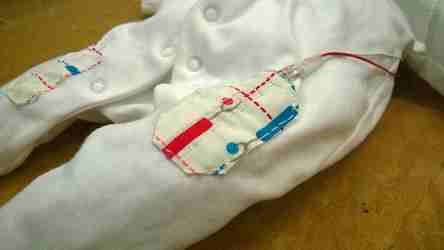 |
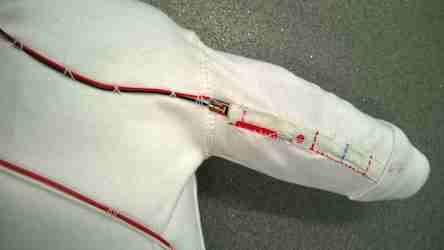 |
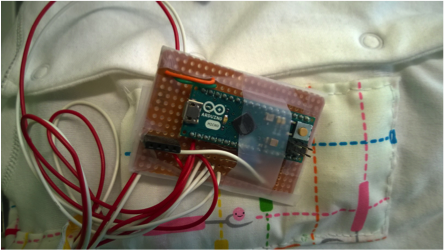 |
NeoMate monitors limb movement in neonates with accompanying tailor-made software that carries out data logging. The movement data for each limb is stored for later analysis by both medical professionals and parents/carers at home. Two products have been developed for the NeoMate brand; NeoMate: Home and NeoMate: Hospital. Both systems are based around a suit with flex sensors embedded; the home version’s electronics have been designed to interface with hardware and software widely used by the home user, whilst the hospital version contains more complex networking and data analysis features.
The working principle of NeoMate is that when infants wear the baby suit and bend their limbs, the embedded flex sensors will be bent accordingly, which causes a change in resistance of the sensor. After considering different design parameters, four major design requirements were decided for NeoMate: the baby suit has to be able to measure limb movements, be safe, aesthetically appealing and easy to clean.
MicroWatt: A Framework for Phantom Load Management

In a time of electronics, the losses due to its inherent phantom load have grown in significance. Phantom load is defined as the power consumed by a device when it is not in active use but still plugged into the mains. While the power consumed from a single unit may be small, it has become typical for an average household to possess several devices that are idle for any given period of time. This results in unnecessary costs for both the household and the utility provider. Hundreds of pounds can be saved each year if the owner of the devices does one thing: turn the power off.
The number of devices in one’s home make it extremely inconvenient to turn them all off when not in use. As such many solutions have appeared on the commercial market, ranging from remote controls that switch off outlets from a distance, to monitors that report the attached device’s power usage. There have been several plausible solutions but few if any of these provide a holistic approach to tackling phantom load.
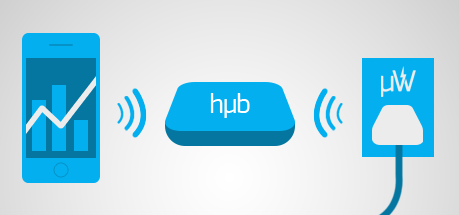
The aim of the design as a whole is to provide a framework for measuring the power consumption of electronic devices, and to transmit collected data wirelessly. Additionally, the product must allow power points to be switched off remotely. Note that the solution consists primarily of 2 modules: an “end-device” and a “router” that collates data and allows control commands to be executed.
| Home | Login | Schedule |
|---|---|---|
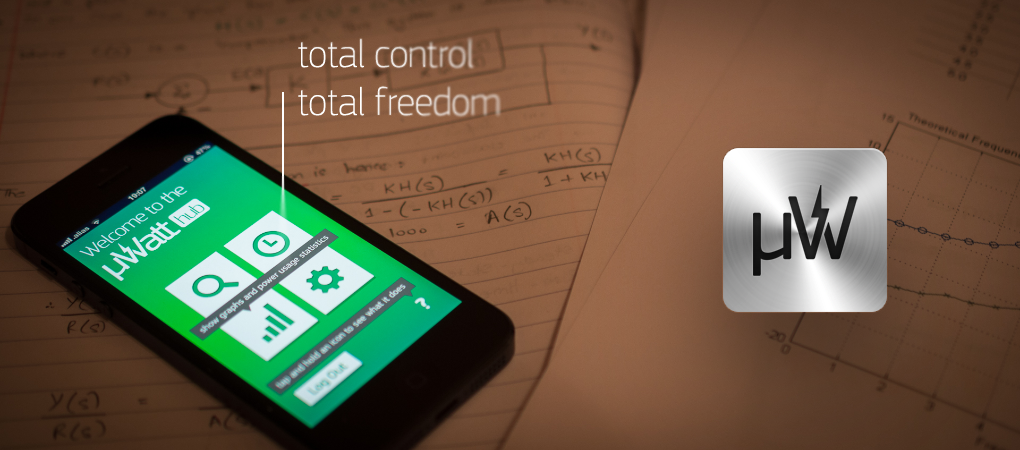 |
 |
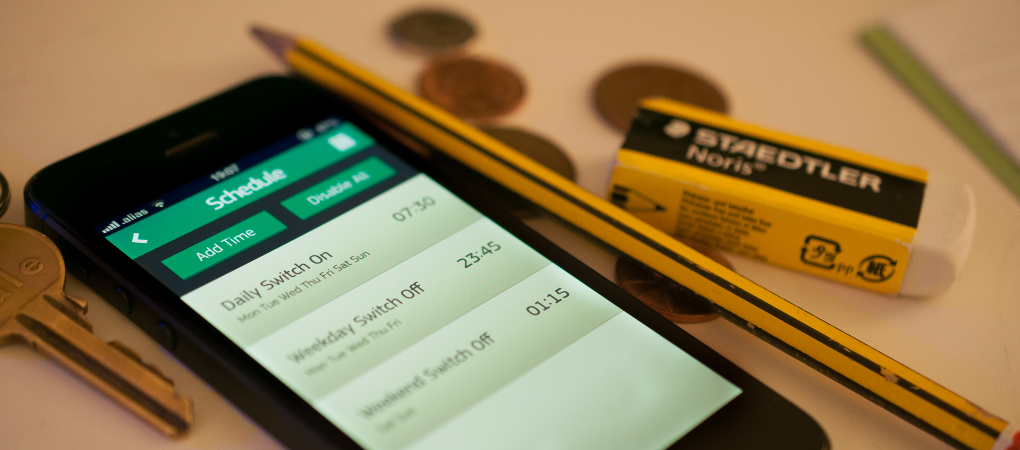 |
Microwatt aims to integrate all the advantages of the current solutions while maintaining a cost-effective edge. The product will provide users a robust method to control and manage their electronic devices without costly setups. It will allow the homeowner to toggle the outlets through any internet enable devices, like a smartphone or from a laptop. When the device detects that it has gone into an idle state, it will send the user a notification and provide him with options to manage the said device. Microwatt also enables the owner to set macros that can be programmed to turn several devices on and off at the same time to allow optimum usability. All of this is achieved while less than a thousandth of the power consumed by an average device in the idle state.
